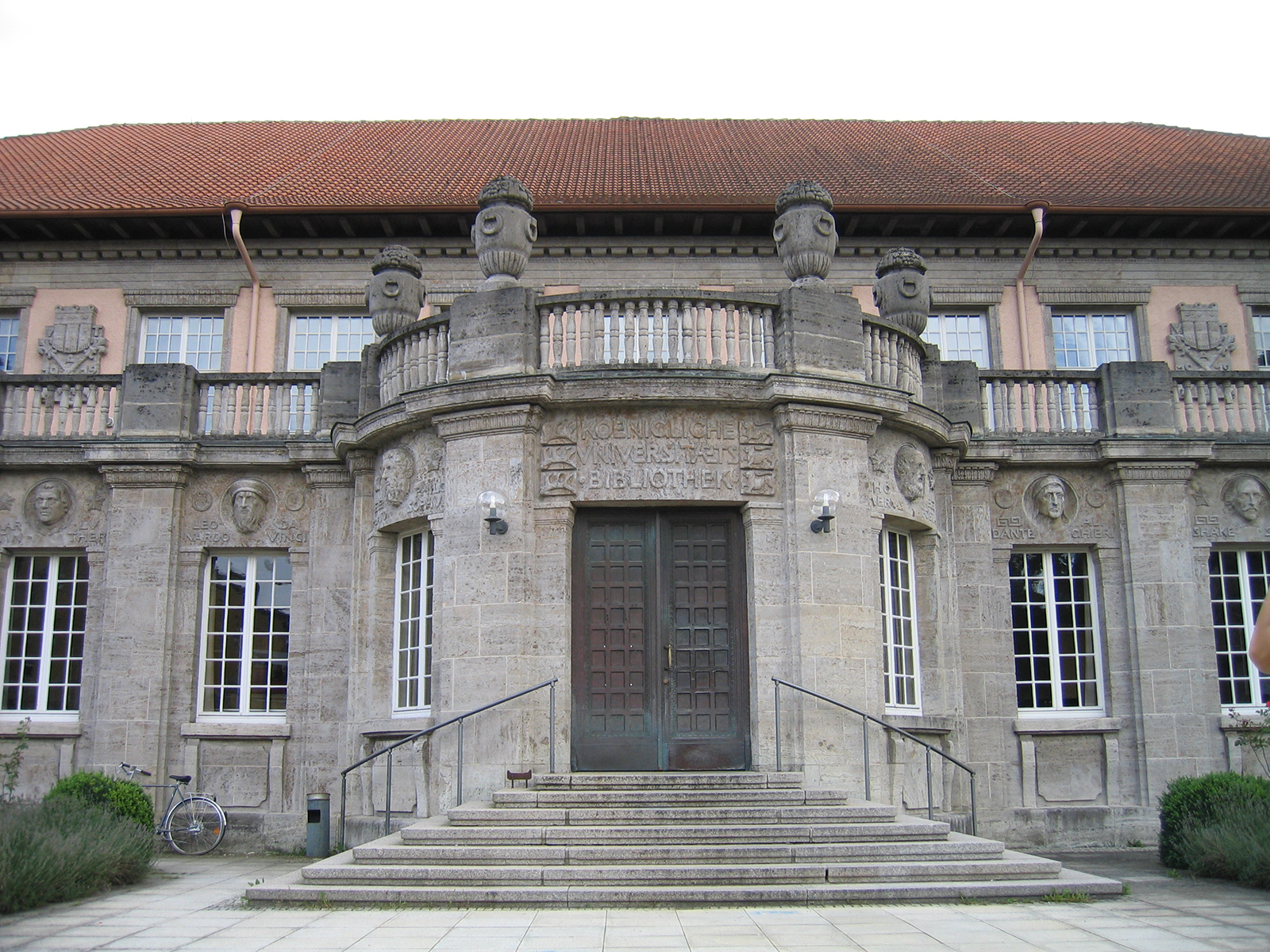Self-Organization: Plant Leaf Cells Optimize Area for Photosynthesis
Plant leaves need a large area to capture sunlight for photosynthesis. Dr. Emanuele Scacchi and Professor Marja Timmermans from the Center for Molecular Biology of Plants at the University of Tübingen, together with an international team, have now discovered which genetic mechanisms control the flat growth of leaves: A type of built-in GPS informs each leaf cell about its relative position in the growing leaf. The ordering pattern corresponds to a biological concept of self-organization that was predicted by the legendary mathematician and thinker Alan Turing. The study on leaf growth was published in the journal Nature Plants .
“When cells divide and multiply, a clump of cells usually forms. We wanted to know how, in the case of a leaf, it can become a large area,” reports Scacchi. To this end, a team from mathematics and practical biology worked together to track the processes on living organisms using computer models, methods of molecular genetics and imaging techniques.
“The basis for such pattern formation is polarity, i.e. the ability in this case to distinguish between top and bottom. It is usually caused by a concentration gradient of a substance, called morphogen, which is low on one side and higher on the other,” explains the scientist.
Autonomous control
The team discovered that so-called small RNAs play a crucial role in control in the growing leaf. As mobile messengers, they help the cells communicate with each other and help the cells to perceive their relative position in the structure – like a GPS. The small RNAs also transmit information that coordinates which genes on the top and bottom have to be activated or inhibited so that the leaf has the correct shape and function. “This control mechanism works autonomously in the growing leaf; there is no central control in the plant,” says Timmermans. “We noticed that our results correspond to a theory proposed by Alan Turing more than seven decades ago. Although he is best known for his key contributions to computer science, he also studied the mysteries of nature.”
Turing suggested that simple interactions of certain molecules in the cells of living beings can lead to the creation of complex patterns, such as the spots on a leopard’s skin or the stripes of a zebra. “He described these processes mathematically in his theory of morphogenesis or shape formation. Our new study builds on this theory. “We discovered a mechanism controlled by small RNAs that corresponds to Turing’s concept of pattern formation through self-organization,” says the researcher.
In this case, self-organization refers to the genetically controlled behavior of cells acting in unison like a flock of birds, forming a collective behavior to produce the correct pattern and flat structure of a leaf. Each bird in the flock responds to the movements of its neighbors, and although there is no leader, the collective interactions create a cohesive organized pattern.
Adaptable system
“The small RNA molecules in the cells of the growing leaf initiate a genetic process that allows the cells to sense and interpret their environment,” says Scacchi. Gene activities would be coordinated among cells so that in each leaf the top and bottom surfaces are sharply separated, forming a perfect flat canvas for photosynthesis. Such a self-organizing Turing mechanism could adapt gene activity to internal and external disturbances in leaf development. This allows the leaves to maintain the same shape even when environmental conditions change dramatically. “This genetic system also offers many possibilities for fine-tuning. This explains the variety of leaf shapes observed in nature, from the simple tendrils of climbing plants to the complex pitcher traps of carnivorous plants.”
“Our discovery is not only important for adding a new chapter to Turing’s legacy,” says Timmermans. “We have decoded the fundamental mechanisms by which small RNAs enable self-organizing genetic processes. Research can now be carried out into how humans can change and take advantage of these biological functions. With increasing global food demand, we need optimized crops with high yields that are resilient to stress factors such as global warming.”

